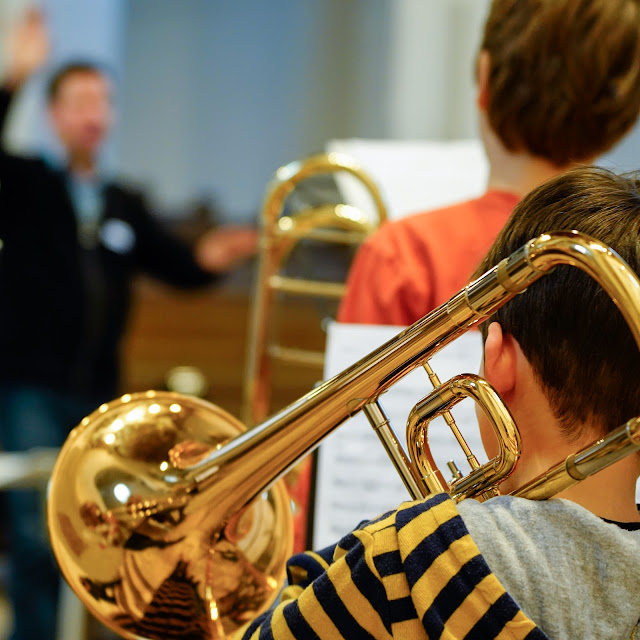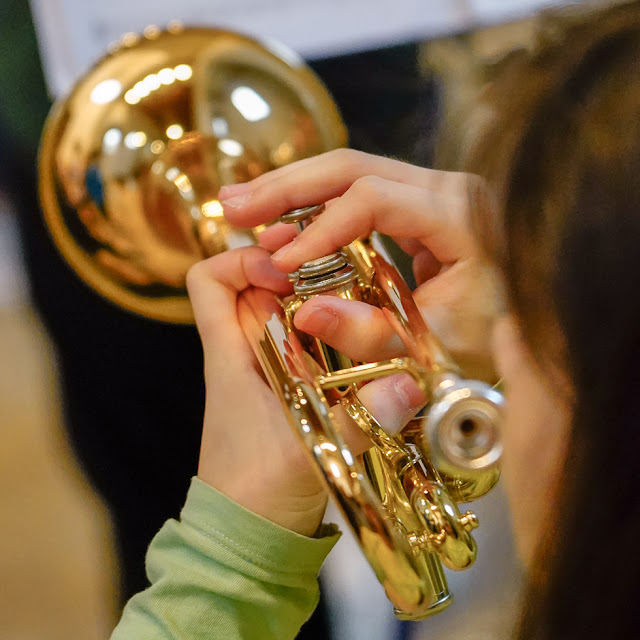As you all know by now, I've been shooting with Sony Alpha cameras since 2008: A300, A550, A700, A77, A7, RX100, RX100iii...and now the A7iii. I toyed with the idea of getting the full-frame A99ii because I have many good Alpha (and old Minolta) lenses, but it just wasn't exactly right for me. With a resolution of 45MP (35-83 MB files!), my two dozen hard drives would have to reproduce like rabbits to keep up with the files!
When Sony came out with the
A7, Mark 3, I was honestly surprised. I had stopped looking, hadn't even read
Sony Alpha Rumors in a while, no longer expecting the company to come up with "my" camera. I needed a silent shutter (for classical concerts and weddings). I wanted only 24MP and some great high ISO performance (the A7s ii was also in my sights with its 12MP and 409000 ISO capabilities, though it's more of a
filmmaker's camera). I liked the fact that Sony had put a touchscreen on the A6500 and wondered why, in the day of smart phones, they hadn't done so on all their new cameras; I wanted that, too. And, like all other members of the Sony online forums, I wanted to be able to program buttons and menus to my liking. A better battery life was also a "must".
Well, well, well! Sony, ya done it! You have made a camera that suits me and my needs. And it doesn't even cost an arm and a leg - well not in the US at least. There it is only $1999 for the body, as opposed to the €2299 in Germany. However, the retailers here are making up for some of the difference by including a five-year full
warranty, something that would normally cost €90. I purchased a good, all-around lens to go with it, the Sony FE 4/24-105 G OSS (€1349 in Germany, $1298 in the US), and I don't think I'll ever take it off. More about the lens later. By the way, the best place I've seen to get this combination in Germany is
Foto Erhardt - "only" €3499.
The FE lenses from Sony are indeed expensive, but they are also for the most part good. I have to think of my friend
Christian, who has done well with the 3-4 professional lenses he's been using with his Canon 5D, Mark ii, for years now. In contrast to him, I made a game out of buying and testing just about every lens from every maker that fit on my Sony Alphas, even going so far as to use the old Minolta glass on the A7 with an adapter. There is just so much that 30-year-old lenses can do with a 24MP sensor. Those are limitations that simply disappear when you screw on a Zeiss or Sony G lens.
As with any new camera - or piece of electronic equipment - you need a couple of days to read the
manuals and play with the menus until you know what all the abbreviations mean, such as "Loc. Info. Link Set." or "Disp. cont. AF area". Much of the menu was the same as on the A7 or even the A77. But, oh, the differences!
I'll be writing about them one section at a time in subsequent blogs: AWB improvements, minimum shutter speed settings, AF tracking sensitivity, personal menu settings, highly improved sharing capabilities, the touch screen (pros and cons), bracketing improvements, spot metering coordination, double zoom capabilities, settings for recording media, and much more!
So when I was finally ready for some real-world shooting, I grabbed the new dynamic duo and headed up the hill to a workshop and concert featuring the Munich ensemble,
Harmonic Brass. This was the perfect opportunity to use the silent shutter capability, or so I thought. Lesson learned: the new anti-flicker software shuts off when you turn on the silent shutter. The workshops were taking place in rooms lit by fluorescent lights. The camera recognizes the flickering light and sets the shutter speed to offset it, but only when you let the shutter click and clack. Under incandescent lighting or sunlight there is no problem. So I ended up with many photos with broad gray and white bands - not too attractive.
 |
| Shot at 2500 ISO, 1/250 sec. at f5. Horizontal flicker banding is noticeable. |
But - speaking of light - if there is not much light, this camera has the power to sensitize its sensor and make the best of every lumen. I was shooting RAW + JPEG, even though Adobe has yet to come out with a RAW converter.
Sony has one that you can use on individual photos, but you won't want to use it for entire series because it takes too long. Lesson learned: turn the noise reduction down to "LOW" because "NORMAL" will result in giving you nice watercolor pictures at high ISO levels. The colors are very appealing and the highlights on the brass instruments and the catch-lights in the musicians' eyes come through well. But upon closer inspection, the faces and details remind me of a
James Gurney painting. By the way, he is one of the most amazing living artists I know of, so this is not necessarily a critique of the noise reduction. But I shoot RAW when I know I can convert them in Lightroom, so this will soon be a moot point for me.
 |
| Shot at 4000 ISO, 1/200 sec. and f4.5 |
 |
| Shot at 8000 ISO, 1/200 sec. at f4 with noise reduction set to "Normal" |
In the photo below you can see what a JPEG image looks like when processed in the camera and then in the Sony RAW converter program. (The two different white balance settings will help you keep the two straight: bluish is JPEG; brownish is RAW.)
 |
| Shot as a JPEG at 5000 ISO, 1/100 sec. and f4 with noise reduction set to "Normal" |
 |
| Same as above but shot as a RAW (Sony ARW) file and converted with the Sony Edit program |
Here are close crops of the two photos above. I find the noise reduction quite attractive on the brass instruments, but I'll have to shoot some different motifs with various amounts of NR and sharpening/NR in post-processing to judge which I prefer for standard situations. Let me know what you think of these shots!
 |
| From JPEG |
 |
| Converted from RAW |
































